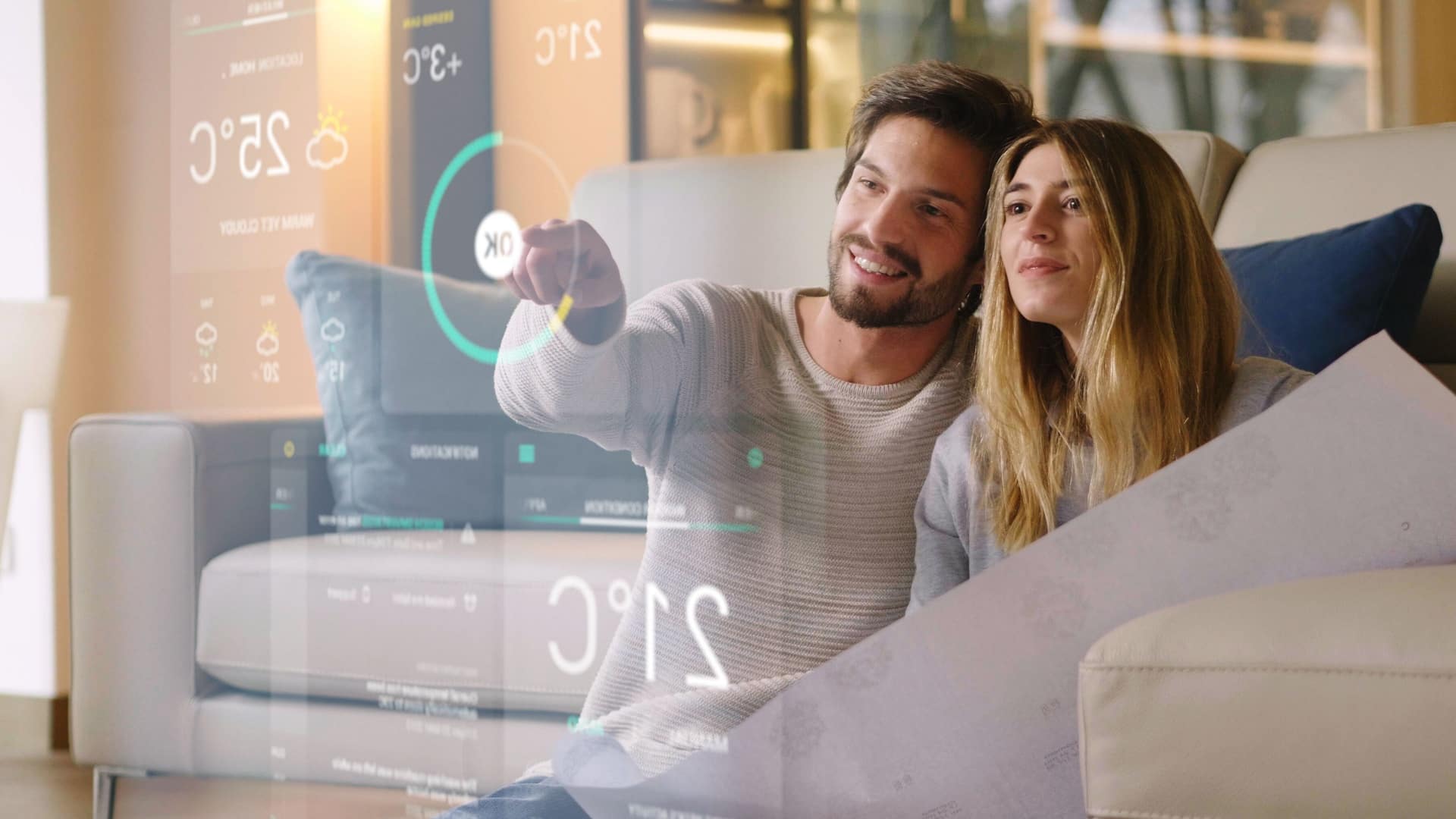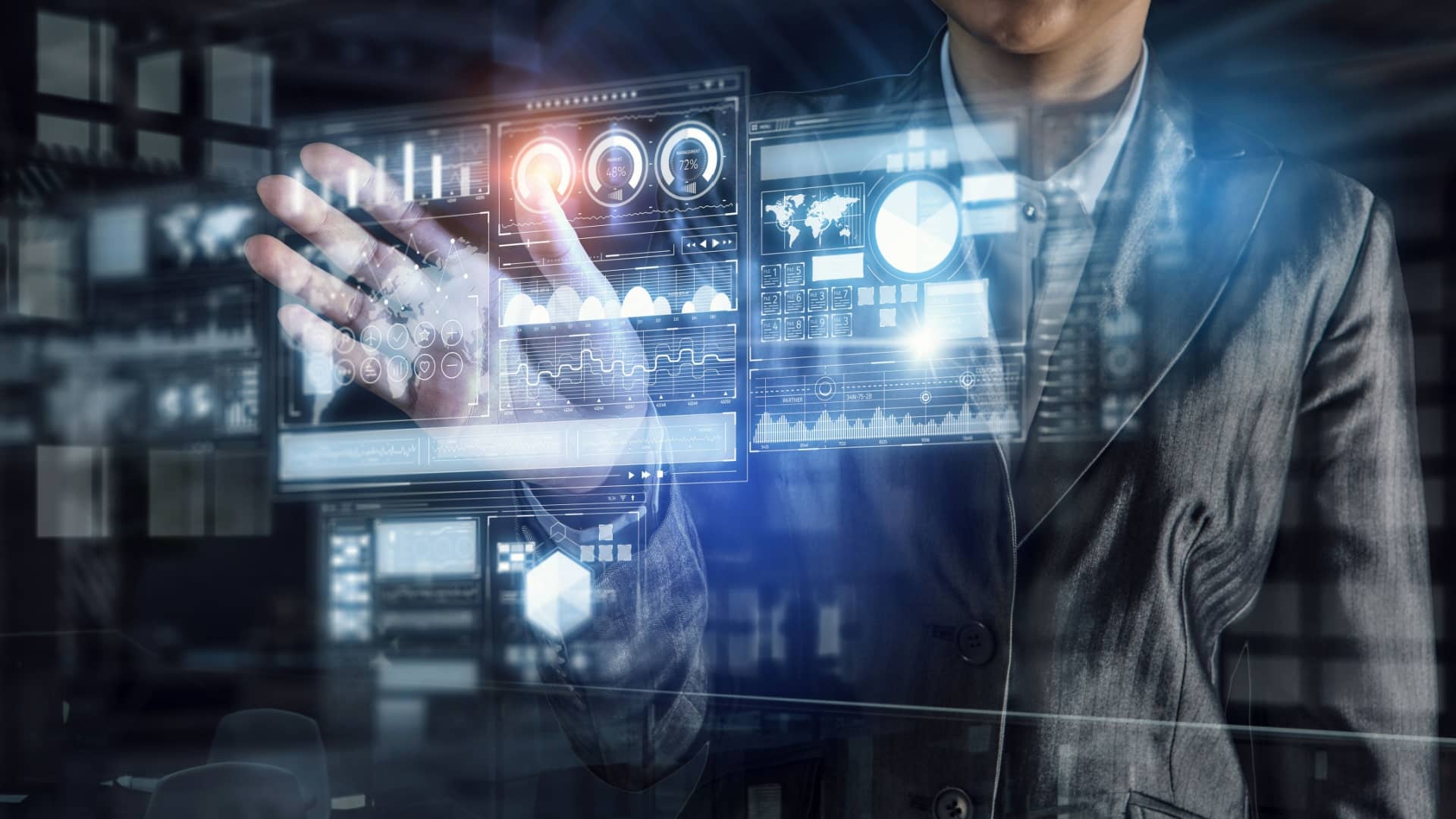Exploring the Versatile Applications of Holography

Unveiling Holography
Holography records light dispersed from objects to produce 3D images using interference and diffraction. Fundamentally, it captures light intensity and phase to create realistic, visible holograms without extra equipment. Its creation changed how we see three-dimensional things for many new uses in different sectors. Importantly, the applications of holography extend beyond visual arts into medicine, education, and telecommunications.
For instance, holographic imaging gives clinicians accurate, interactive 3D organ representations for complex surgeries and medical training. Similarly, in education, it creates vivid and participatory learning environments that improve student comprehension of tricky topics. The technique also stores large volumes of data in a small fashion, which might affect future storage options. Henceforth, holography provides multiple possibilities that might change industrial processes and boost professional and academic success.
How Hologram Projectors Work
Hologram projectors generate 3D visuals in mid-air or on a surface without specific viewing equipment using optics and light manipulation. They divide a laser beam into object and reference beams. The subject reflects light from the object beam onto a recording media. The reference beam is focused on the same medium without interacting with the object. A holographic plate or digital sensor records the interference pattern created by these two beams. The pattern encodes light phase and amplitude while collecting 3D object information. A laser (or other coherent light source) illuminates the interference pattern to recreate the light waves reflected by the object. It generates a 3D picture that floats in space.
Creating Lifelike 3D Images: Components and Process
Holography requires lasers, beam splitters, mirrors, holographic recording medium, and digital image processing systems to create plausible 3D images. A high-quality coherent laser source is needed to illuminate the object and provide the reference beam. Beam splitters divide laser light into object and reference beams. Mirrors focus these rays on the recording media and object. Photographic plates for analog holograms or CCD/CMOS sensors for digital holography record the interference pattern. Illuminating this pattern during playback reconstructs the 3D picture. This data may be processed in digital systems for better picture quality or to incorporate the hologram into augmented reality. These processes show the technical complications and accuracy of holograms, which are essential in the applications of holography across fields. It helps turn theoretical notions into actual visual aids.
Augmented Reality Holograms: Adding New Dimensions

Integration of AR Holograms in Real-World Settings
Augmented reality (AR) holograms facilitate digital information integration in real life. Such holograms give information or visual effects to actual objects while overlaying digital content. For example, AR holograms help medical students see complicated anatomical systems. Remember, AR holograms may assist students in visualizing dental root anatomy and spatial connections better than conventional techniques. Similarly, AR holograms may also show realistic product representations in retail. It enables buyers to interact with virtual things. IKEA and Nike use AR to let consumers picture furniture in their homes or modify shoes using virtual overlays. It boosts consumer participation and decisions.
Practical Applications of Holography in Diverse Fields
The applications of holography extend into telecommunications and public safety, where real-time data overlay benefits operations. AR helmets that show holographic blueprints of buildings allow firefighters to see through smoke and detect structural weaknesses or threats. Emergency alertness and operational security are improved by holography. In automotive manufacturing, AR holograms display interactive directions onto components to speed up and lessen mistakes during equipment assembly. Boeing has witnessed a 30% decrease in MRO time, a 40% increase in productivity, and a 90% improvement in work quality. AR holograms enable artists to create visually appealing sceneries that interact with the surroundings and audience. It helps increase the viewer’s experience beyond typical stage settings.
Broadening the Horizon: Holography’s Diverse Applications
Holographic technology has a lengthy history, dating back to the 19th century. Initially developed for imaging, holography has been integrated into education, healthcare, entertainment, and automotive. Holography is transforming schooling. Active learning using AR holograms lets pupils visualize convoluted scientific topics in 3D. Holographic technology is utilized in medical training to learn human anatomy without models or cadavers. These displays may help students grasp spatial relationships and intricate structures in health and engineering. Plus, holography can project 3D historical relics and molecular structures into classrooms. It allows students to engage with them and augment their learning.
The applications of holography in healthcare have altered surgery and patient care. Surgeons may see 3D representations of a patient’s morphology using holographic imaging. It improves accuracy and lowers invasiveness. Operating room holographic head-up displays may show key data and imagery in the surgeon’s line of sight. It helps preserve cleanliness and attention. In entertainment, celebrities like Michael Jackson have appeared in holograms while giving fans fresh experiences of prior performances. In automotive, holography boosts security and ease by empowering drivers to concentrate on the road ahead. That’s where head-up displays reflect speed and navigation onto the windshield. These deployments illustrate holography’s responsiveness and promise to enhance everyday living and professional operations.
The Automotive Frontier: Holography Behind the Wheel
Holographic displays that project information onto a vehicle’s windshield are among the key applications of holography in automotive. The technology helps drivers remain focused on the road while reading speed, navigation cues, and traffic warnings for safety. These displays can also perform in different lighting circumstances for clarity and visibility day or night.
AR holograms overlay real-time data over the driver’s field of vision to redefine driver information systems. It renders complex navigational and vehicular diagnostics easier to grasp without looking at dashboards. AR may provide a virtual route on the road ahead of turns and lane changes. It decreases cognitive strain and raises awareness during navigation. Adaptive AR systems may also alert drivers to road dangers, including pedestrians and traffic flow changes. These technologies may also be connected with traffic management systems for real-time road conditions and accident updates. Such interfaces provide vital information in a digestible and non-intrusive way for better driving security, ease, and productivity.
Discover FIC’s Innovations
We lead the applications of holography in the automobile industry and other areas with our Holos technology at FIC. We included 3D holographic displays for navigation and infotainment systems. Additionally, we are applying these advances to medical, educational, and advertising industries. Therefore, we keep improving quality and interaction so our holographic technology suits and anticipates future demands. Click here to learn more.





